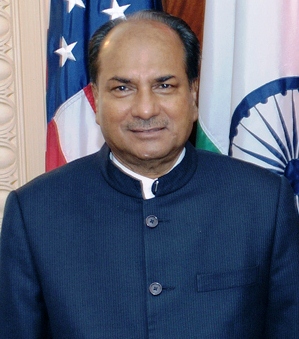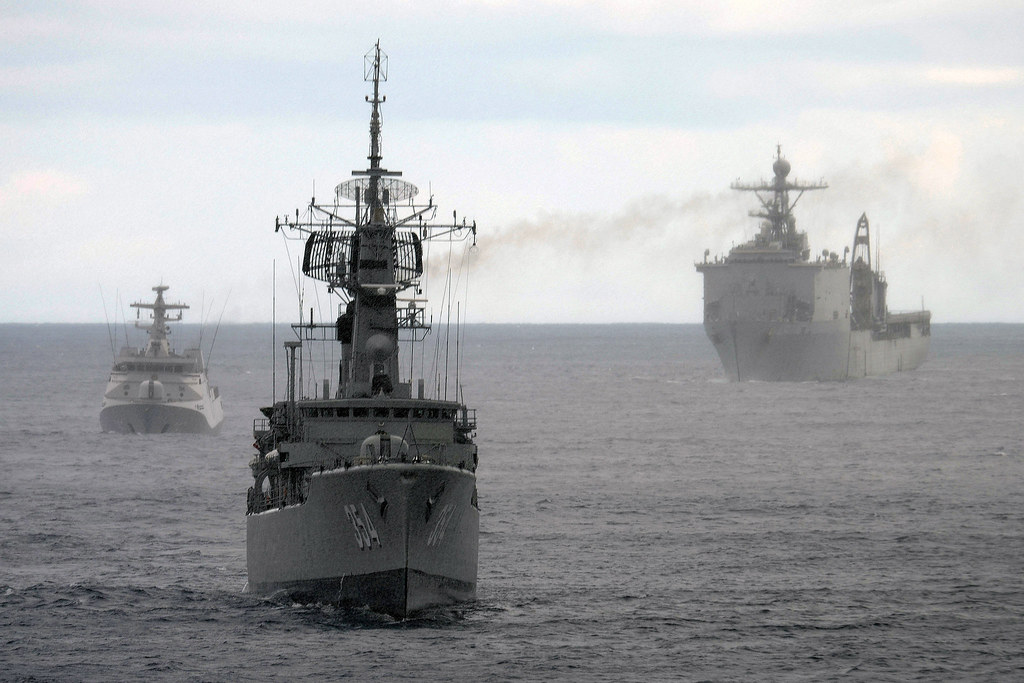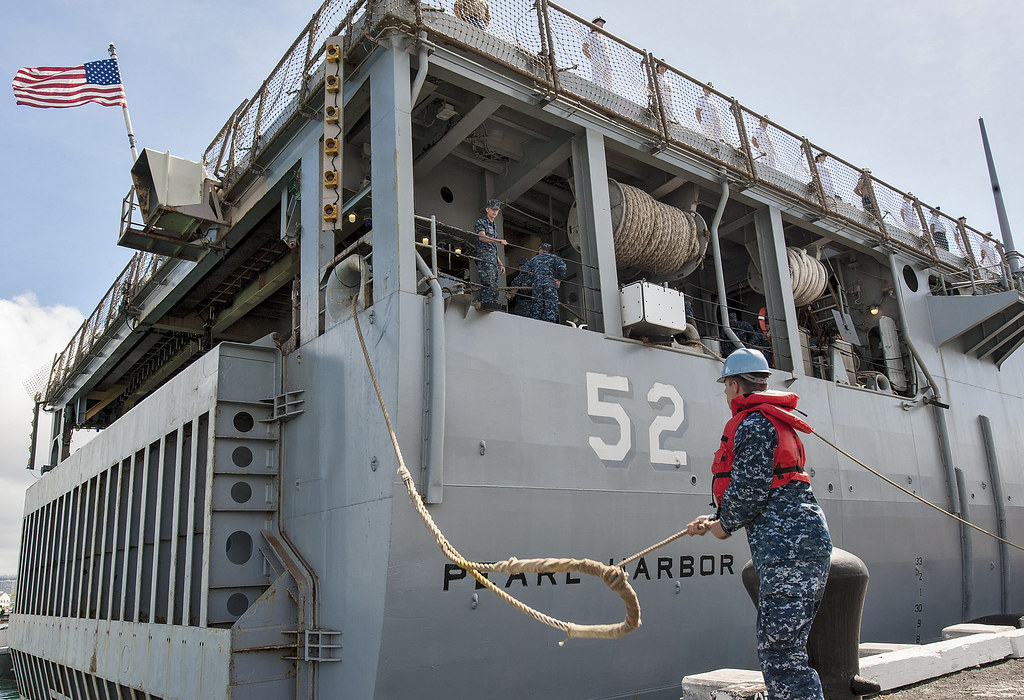PULAU PINANG, MALAYSIA, Wednesday, 29 May 2013 – The 5th ADMM-Plus EWG on Maritime Security Meeting was held today at the Eastin Hotel, Pulau Pinang, Malaysia. Co-chairing the meeting were Ms Suriani Ahmad, Undersecretary, Policy and Strategic Planning Division, Ministry of Defence Malaysia, and Commodore Stuart Mayer, Director General Navy Capability, Plans and Engagement, Department of Defence, Australia. The Head of Delegation from Brunei Darussalam for the Meeting is Lieutenant Colonel (L) Shamsul Bahren Hj Taweh, Commanding Officer KDB Darulehsan, Royal Brunei Navy.
The Meeting was briefed on the progress of the Field Training Exercise (FTX), scheduled to be held at Jervis Bay, Sydney, Australia, on 29 September to 01 October 2013. The Meeting also discussed the development of the ADMM-Plus Maritime Security Community Information Sharing Portal (AMSCIP), as well as the transition of the ADMM-Plus EWG on Maritime Security for the next cycle, starting from 2014 until 2017, which will be co-chaired by Brunei Darussalam and New Zealand. Future initiatives for EWG on Maritime Security was also discussed as the way forward in keeping the positive momentum of the remarkable progress that has been reached so far by the EWG.
Prior to the Meeting, Malaysia and Australia also Co-Chaired the Mid Planning Conference of ADMM-Plus Maritime Security FTX on 28 May 2013. The meeting discussed on various aspects of the FTX, which include Identification of nations participating in the FTX as well as discussion on publication, references, TORs and documents for FTX
The EWG on Maritime Security is part of the wider framework of cooperation under the ADMM-Plus platform that was created in Hanoi, Vietnam in 2010. In addition to Maritime Security, there are four other EWGs that include fostering practical cooperation in Humanitarian Assistance and Disaster Relief (HADR), Military Medicine, Counter Terrorism and Peacekeeping Operations.


























